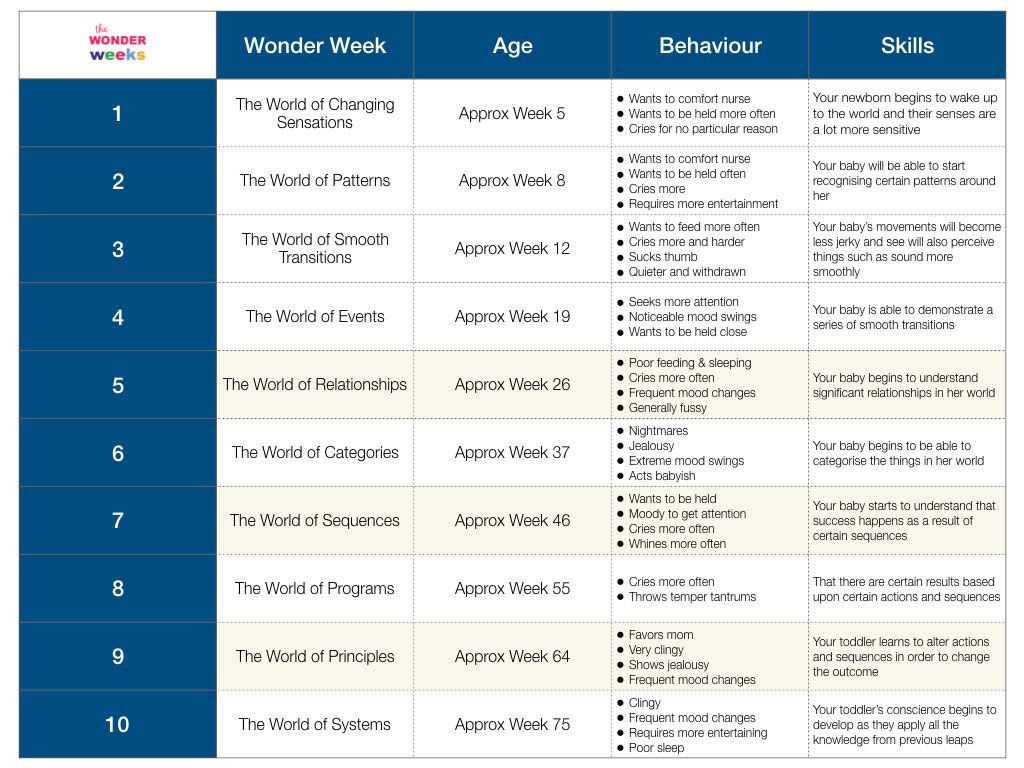How to help a child improve reading
10 Ways to Improve Your Child's Reading Skills
Nothing is more important to academic achievement than being a good reader. Parents know their children best and can provide the one-on-one time and attention that will lead them to success in reading. Here is a list of ways to help your children become more effective readers.
Set Aside a Designated "Reading Time" DailyStudies show that regularly reading out loud to children will produce significant gains in reading comprehension, vocabulary, and the decoding of words. Whether your children are preschoolers or preteens, it will increase their desire to read independently.
Surround Kids With Reading MaterialChildren with a large array of reading materials in their homes score higher on standardized tests. Tempt your kids to read by having a large supply of appealing books and magazines at their reading level. Put the reading materials in cars, bathrooms, bedrooms, family rooms, and even by the TV.
More: 8 Classic Dr. Seuss Books for Kids
Have Family Reading TimeEstablish a daily 15 to 30 minute time when everyone in the family reads together silently. Seeing you read will inspire your children to read. Just 15 minutes of daily practice is sufficient to increase their reading fluency.
Encourage Reading ActivitiesMake reading an integral part of your children's lives. Have them read menus, roadside signs, game directions, weather reports, movie time listings, and other practical everyday information. Also, make sure they always have something to read in their spare time when they could be waiting for appointments or riding in a car.
Develop the Library HabitEntice your children to read more by taking them to the library every few weeks to get new reading materials. The library also offers reading programs for children of all ages that may appeal to your children and further increase their interest in reading.
Find out what reading skills they are expected to have at each grade level. The school's curriculum will give you this information. Track their progress in acquiring basic reading skills on report cards and standardized tests.
Look for Reading ProblemsTeachers do not always detect children's reading problems until they've become serious. Find out if your children can sound out words, know sight words, use context to identify unknown words, and clearly understand what they read.
Get Help for Reading ProblemsReading problems do not magically disappear with time. The earlier children receive help, the more likely they will become good readers. Make sure your children receive necessary help from teachers, tutors, or learning centers as soon as you discover a problem.
More: The Skills Kids Need to Read
Use Aids That Help With ReadingTo help your children improve their reading, use textbooks, computer programs, books-on-tape, and other materials available in stores. Games are especially good choices because they let children have fun as they work on their skills.
Games are especially good choices because they let children have fun as they work on their skills.
Your reaction has a great influence on how hard they will try to become good readers. Be sure to give them genuine praise for their efforts.
9 Strategies to Improve a Child’s Reading Skills
Reading is a critically important skill. Children who read early and often will find themselves able to comprehend and process text better than those who aren’t consistently reading. Unfortunately, a vast majority of children don’t read as frequently or as well as they should. But it doesn’t mean they can’t become better readers; it just takes some effort for both the child and parent.
A child does not learn to read overnight; it is a process that takes years of practice and commitment for success. However, parents can make a positive difference in a child’s reading skills by actively participating in their education and knowing the most effective strategies for improving reading skills. This article discusses nine different methods you can use with children to help them improve their reading skills.
This article discusses nine different methods you can use with children to help them improve their reading skills.
Children need to be taught the value of practicing the things they need to learn. For reading, this includes practicing with reading material on their own. Children will need to spend time each day reading alone to continue improving. As they grow older, this amount of time will increase. Start simple by having your child read for 10-15 minutes at a time. Then gradually increase the amount of time that your child is asked to read each day.
Teach Your Child to Read AloudReading isn’t just something that you do on your own; it’s also done with others. When children are learning how to read, reading aloud is one of the most effective ways to learn the different sounds represented by letters. Starting early with this practice will help them maintain their reading skills as they get older.
Give Your Child Choices in What They ReadThere are many different types of reading material available to children today. Magazines, Montessori-friendly books, and newspapers are examples of literature children can read to improve their reading skills. You can also provide them books in different genres like animal books for kids. These are reliable books to read when teaching a child the basics of reading, since they feature short stories which are best for a child’s short attention span.
Magazines, Montessori-friendly books, and newspapers are examples of literature children can read to improve their reading skills. You can also provide them books in different genres like animal books for kids. These are reliable books to read when teaching a child the basics of reading, since they feature short stories which are best for a child’s short attention span.
Children who understand what they are seeing or reading will enjoy it more and retain the information better. You can help by asking them questions about what they’ve read. It will help to reinforce the information and make them better readers as well as smarter thinkers. For instance, when you read your child a book about dinosaurs, take some time to pause and ask questions like: ‘What do you think will happen next?’ or “What do you think happened to the dinosaurs?” It will help with their ability to process information in a logical way.
Provide Your Child with Visual AidsAnother way to improve reading skills is to provide visual aids such as pictures and illustrations. It will make it easier for children to understand what they’re reading and better retain the information. There are also many books containing illustrations with the main purpose of teaching children the different types of words. By using these books, it’s possible to increase a child’s interest in reading and therefore their desire to become better readers.
It will make it easier for children to understand what they’re reading and better retain the information. There are also many books containing illustrations with the main purpose of teaching children the different types of words. By using these books, it’s possible to increase a child’s interest in reading and therefore their desire to become better readers.
It is one of the best ways to help your child learn to read. Find books appropriate for your child’s age and readiness level, but make sure that the book is interesting for your child to read by themselves when they are in bed at night. When this becomes a habit, it will help their reading skills when they are older. Click here for tips on reading aloud.
Use Other Ways to Practice Reading Aside from BooksReading isn’t just about sitting down and trying to decipher words from a book. There are many other methods to help improve a child’s reading skills. For instance, you can have your child read aloud while driving or have them read signs when you are out running errands. If your child likes to help you prepare for dinner, let them choose a recipe from your favorite cookbook and have them read the steps to you. Just make reading fun for your kids.
For instance, you can have your child read aloud while driving or have them read signs when you are out running errands. If your child likes to help you prepare for dinner, let them choose a recipe from your favorite cookbook and have them read the steps to you. Just make reading fun for your kids.
A library is a great place for a child to find books he can read to improve his reading skills. In the library, children can find books appropriate for their age level and interests. They can check out these books so they have them available to read at home. It will help increase the amount of time your children spend reading each week, positively affecting their reading skills.
Always Remember that Every Kid is DifferentSome children have a knack for reading and will pick up the skill quickly, while others don’t have it as easy. For those children who have a difficult time learning to read, it’s best not to try to force them to learn a skill that they aren’t interested in first. Instead, you will need to make sure that you modify your techniques to suit your child’s needs and abilities. The more time and effort you spend helping them learn the process, the sooner they will learn to read and become a better reader. But if your children already love reading and have started strong, encourage them by letting them know you’re proud of their progress.
Instead, you will need to make sure that you modify your techniques to suit your child’s needs and abilities. The more time and effort you spend helping them learn the process, the sooner they will learn to read and become a better reader. But if your children already love reading and have started strong, encourage them by letting them know you’re proud of their progress.
The tips above are a few of many strategies that you can use at home to help improve a child’s reading skills. Following these tips can give a child a head start on reading and help them maintain their interest in it.
Author Bio: I’m Andrea Gibbs, born, raised, and still living in New York. I’m a work-at-home mom with a background in business development, strategy, and social media marketing. I’m a blog contributor at Montessori Academy to motivate and educate other parents about how they can get their children ahead of the game in school
How to teach a child to read fluently in grades 1-3
Today, many parents want their children to master speed reading, because this skill directly affects school performance. If the student is able to read quickly and memorize what he read well, then mastering the material from textbooks and various manuals will not cause difficulties. There are many ways to take reading skills to the next level. Which of them are best for schoolchildren and how to teach a child to read fluently in grades 1-3?
If the student is able to read quickly and memorize what he read well, then mastering the material from textbooks and various manuals will not cause difficulties. There are many ways to take reading skills to the next level. Which of them are best for schoolchildren and how to teach a child to read fluently in grades 1-3?
Rapid reading technique
The ability to work with information is the most important skill of a modern person, which he acquires in childhood and improves throughout his life. Since we draw most of our knowledge from textbooks and books, the ability to quickly work with text is of particular importance. Already in the first grade or even before school, kids gradually learn to read and write, learn to read syllables, words and whole sentences. Over time, their skills improve and hone, but is such progress enough for a productive and high-quality acquaintance with the text?
The older the child gets, the more textual information he has to work with. The school curriculum is gradually becoming more complex, more and more new subjects appear. At some point, the child may be faced with the fact that doing homework takes a lot of time. Often this is due to the fact that the reading skills acquired in elementary school were not given enough attention. Even if a child reads aloud or to himself quickly enough, he may have difficulty understanding and remembering what he read. That is why it is so important to pay attention to the ability to work with text.
The school curriculum is gradually becoming more complex, more and more new subjects appear. At some point, the child may be faced with the fact that doing homework takes a lot of time. Often this is due to the fact that the reading skills acquired in elementary school were not given enough attention. Even if a child reads aloud or to himself quickly enough, he may have difficulty understanding and remembering what he read. That is why it is so important to pay attention to the ability to work with text.
It is not uncommon for elementary schools to test reading skills to allow the teacher to assess how quickly a student can reproduce a given text aloud. It does not matter how well he absorbs the material at the same time. Because of this, it often happens that children either read quickly or try to understand and remember what they read. Few people manage to combine these approaches to familiarization with the text. That is why more and more parents are thinking about how to teach their child a quick reading technique without losing the quality of assimilation of information.
How to teach a child to read fluently
Learning to read quickly involves several stages at once, each of which is important. First you need to work out the primary skills of working with text in order to teach the child to read at speed, since this is the basis of any speed reading methods. In order for the student to be able to work with the text faster, it is necessary to correct the most common shortcomings that are most common in children:
- reading by syllables. It is necessary to gradually teach kids to read words in their entirety, because reading by syllable negatively affects the speed of reproduction and perception of textual information.
- insufficient concentration while reading. If students are constantly distracted, then it is difficult for them to grasp the meaning of the work, so you need to train to maintain attention in the process of familiarizing yourself with the book. Otherwise, the student will constantly return to the part already read, as he has lost the thread of the story.
 It will also significantly slow down the reading speed.
It will also significantly slow down the reading speed. - pronouncing the words to yourself. It is necessary to try to suppress internal articulation, otherwise it will not be possible to achieve such a reading speed that would be faster than the speed of oral speech.
When the period of work on the mistakes has passed, you can proceed to the study of viewing reading. At this stage, you need to expand the angle of view and teach the child to read the text not line by line, but in whole blocks. To do this, you have to give up the habit of concentrating on any particular line. This period is the most difficult
when teaching speed reading, but it is precisely this period that allows you to learn how to absorb a whole page of text in a few seconds.
Benefits of speed reading in grades 1-3
The ability to read quickly affects a child's progress and motivation to study, even in elementary school. The easier it is for children to work with text, the easier it is for them to do homework. And this is not only about those subjects that involve oral work with the text. The writing literacy of children who read well is much higher than that of those children who have difficulty working with text.
And this is not only about those subjects that involve oral work with the text. The writing literacy of children who read well is much higher than that of those children who have difficulty working with text.
When a child consciously reads literary works, he intuitively memorizes the spelling of previously unfamiliar words. Even understanding how to punctuate improves over time. This is especially noticeable when writing essays at school. Children with a good reading skill write them more competently, understand where to put commas, question marks and exclamation points. They master the division of the text into its constituent parts faster than their peers, better understand the main idea of what they read.
Another important plus is that the ability to read quickly allows the child to fall in love with books. When reading literary works is easy, getting to know them is much more interesting. And, conversely, weak text skills are very often the reason for the negative attitude of schoolchildren to books.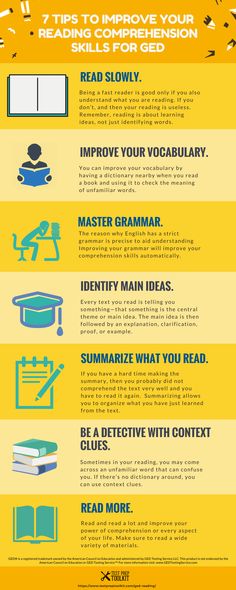
All this makes the method of speed reading one of the most popular programs of additional education, because it can significantly improve the skills of children and give them a good basis for further mastering knowledge at school. But is it possible to learn speed reading at home?
Methods of teaching children speed reading
Assimilation of any curriculum requires regular training. Only by observing the frequency of classes, you can improve your skills and achieve visible results. If we are talking about schoolchildren, then it can be difficult for them to plan their day on their own and devote time daily to exercises to master speed reading. Parents also do not always have the opportunity to help their child with studies at school, and to work with him additionally. That is why adults are increasingly sending their children to speed reading courses, where they manage to maintain the regularity of training. But what activities are best for students?
In order not to make a mistake with the choice, you need to pay attention to the methodology by which the training is conducted. It should be as effective as possible so that the time and effort spent on training is not wasted. Given that the students in this case are children, the learning process should take place in a playful way. It is this type of lesson that allows you to better absorb the material and not be distracted during the lesson. It is worth giving preference to those courses that have passed the test of time with dignity and have proven their effectiveness.
It should be as effective as possible so that the time and effort spent on training is not wasted. Given that the students in this case are children, the learning process should take place in a playful way. It is this type of lesson that allows you to better absorb the material and not be distracted during the lesson. It is worth giving preference to those courses that have passed the test of time with dignity and have proven their effectiveness.
Thanks to the speed reading method, children not only learn to read fluently, but also acquire important skills for good reading comprehension and retention. Thanks to this, schooling is much easier. In the future, such skills will become an excellent basis for reaching new heights in adulthood, because the ability to work with information in a quality manner will always be relevant.
5 ways to increase your reading speed in 15 minutes a day, even if the student did not pick up a book in the summer
Child development
5 Ways to Increase Your Reading Speed in 15 Minutes a Day, Even If You Didn't Pick Up a Book in the Summer
October 17 265 400 views
Olesya Akhmedzhanova
The ability to read is one of the main requirements for a first grader today.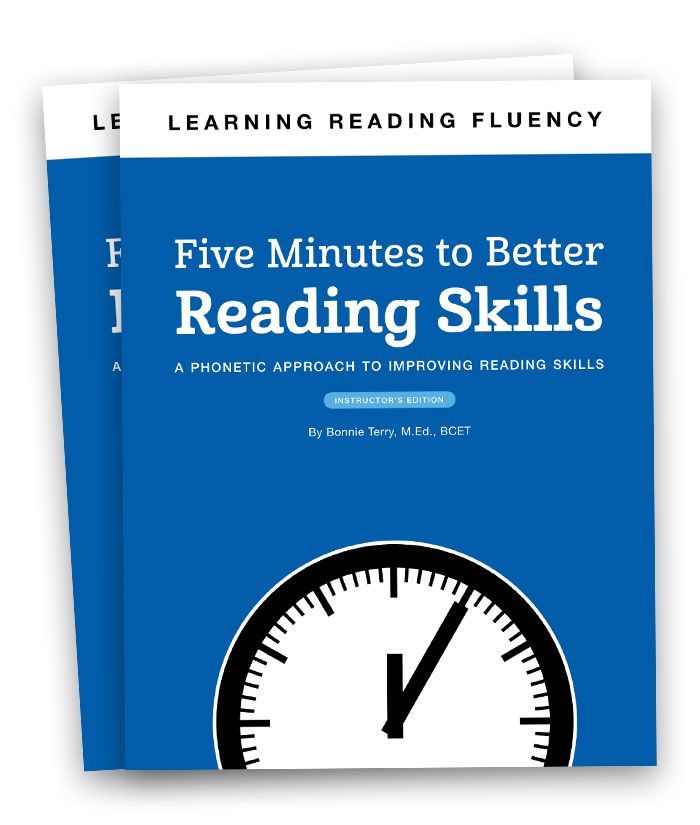 In elementary school, children are waiting for a cut in reading technique: with its help, the teacher checks how quickly the student delves into the text and whether he can perceive it without errors. Together with the teacher Polina Bulatova, we chose ways that will help improve the reading speed in elementary school in just 10-15 minutes a day.
In elementary school, children are waiting for a cut in reading technique: with its help, the teacher checks how quickly the student delves into the text and whether he can perceive it without errors. Together with the teacher Polina Bulatova, we chose ways that will help improve the reading speed in elementary school in just 10-15 minutes a day.
Source
Tongue twisters
The benefits of tongue twisters are obvious: the child literally learns to “speak soon”. And by increasing the speed of speech, he begins to read and even think faster.
The coolest thing is that tongue twisters can be memorized anywhere: on the way to school, to music, dancing and karate, or in the morning, during breakfast.
Examples of tongue twisters
Here are some tongue twisters that you can learn with children.
- Catfish with whiskers are in Senya and Sanya in the passage. A wasp does not have a mustache, not a mustache, but a mustache.
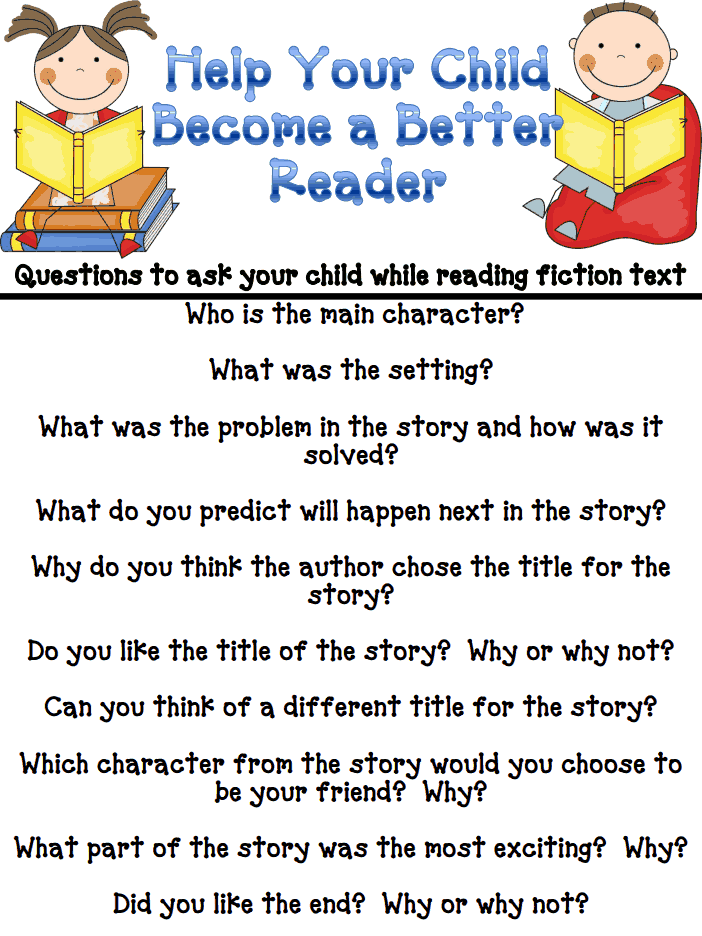
- Senka is carrying Sanka and Sonya on a sled. Sledge lope, Senka off his feet, Sonya on the forehead, all in a snowdrift.
- Well done ate thirty-three pies with pie, and all with cottage cheese.
- Thirty-three ships tacked, tacked, but did not catch.
- Karl stole a coral from Clara, Clara stole a clarinet from Karl. Queen Clara severely punished Charles for stealing the coral.
- Carl was putting the bow on the chest. Clara was stealing onions from the chest.
- You can't over-speak all tongue twisters, you can't over-speak.
Even more examples can be found on special websites or in the Speech Talker application, where there are tongue twisters, poems, exercises, syllabaries and even breathing exercises.
Breathing
Sometimes the reason for slow reading is incorrect breathing. For example, a child says a phrase while inhaling.
Source
Try these breathing exercises.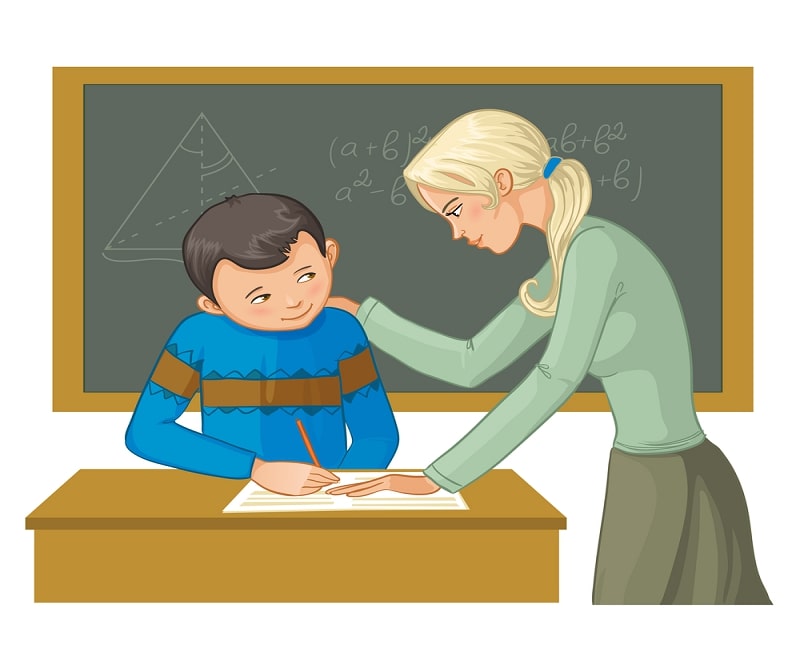
- Have the child take a deep breath and say as many words as they can as they exhale.
- If the first exercise is easy, use lists of words. The technique is the same: the child takes a breath, and as he exhales, he reads a text or a list of words.
Schulte tables
Reading speed largely depends on how quickly the eye moves from line to line. Some children fail to read the text sequentially: they “jump” over the line, skip words, constantly return to the beginning of the sentence. Schulte tables will help fix this problem.
This is usually a 5x5 square table with numbers from 1 to 25 in its cells. Sometimes there are more columns and rows. The essence is simple: you need to quickly and consistently find the numbers in the table.
This is how the child expands the angle of vision, trains attention and learns to perceive information faster.
“There are many sites on the Internet with Schulte tables,” says speed reading teacher Polina Bulatova. “But it’s more convenient to download the application to your mobile phone (AppStore, GooglePlay) and train the skill when the time comes: in line with the doctor, at the passport office or in the store.”
“But it’s more convenient to download the application to your mobile phone (AppStore, GooglePlay) and train the skill when the time comes: in line with the doctor, at the passport office or in the store.”
Whole words
What if the student is still reading by syllables? We need to help him move on to reading whole words. The way out is simple, but very effective: place stresses in words.
If he pays attention to stress, he will not be able to read by syllables.
Try it yourself: with an accent, you won't be able to say "koto-fairy", but you will say "cat".
Stick stickers or cards with accented words at home. On a table, a refrigerator, a mirror, a kettle, a book with your favorite character. Where the child will definitely see the inscription. Start with simple words of two syllables, and then move on to complex ones of four or five.
Word ladders
Another easy way to improve your reading speed is word ladders. A short flight of stairs is when the length of a phrase gradually increases.







